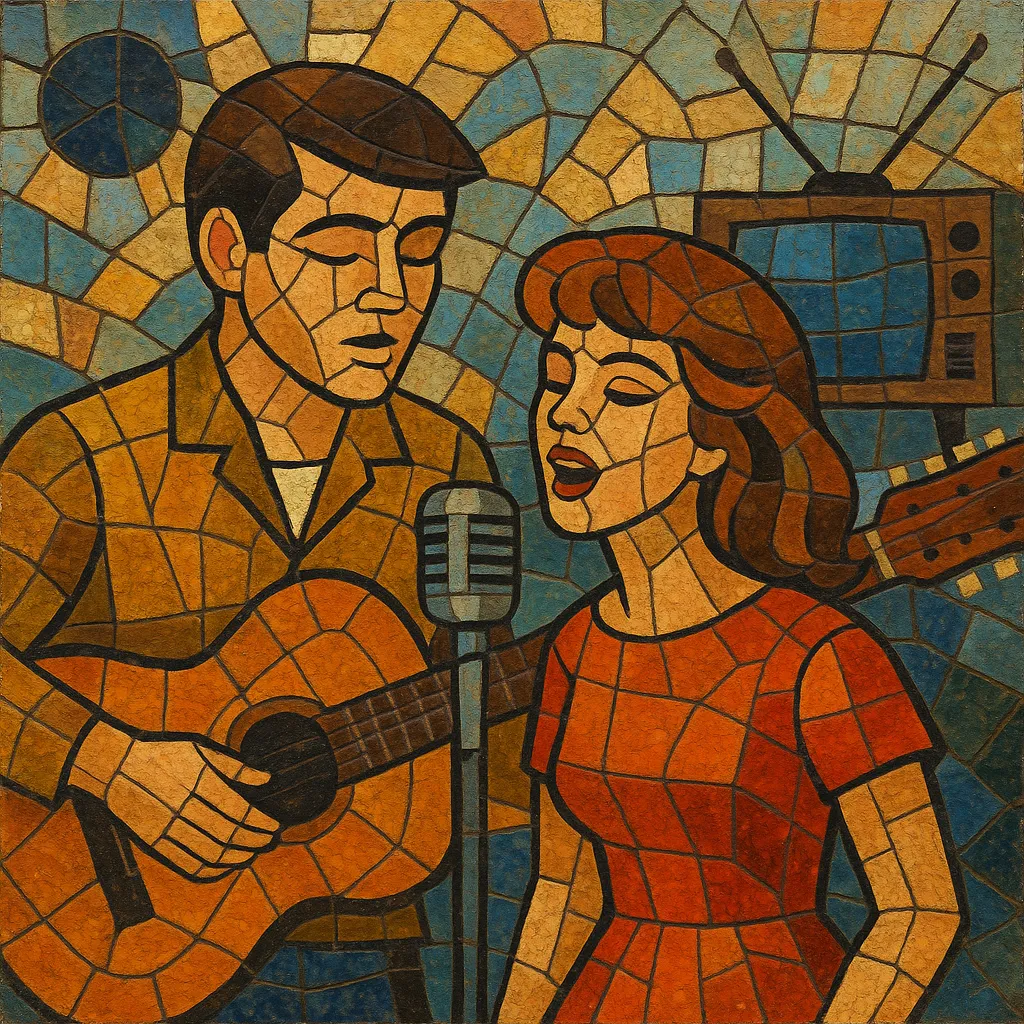Nueva ola is a Spanish-language youth pop-rock movement that spread across several Latin American countries in the early-to-mid 1960s, with especially strong scenes in Chile, Mexico, Argentina, and Peru.
Characterized by clean, danceable arrangements, catchy vocal hooks, and teen-oriented lyrics, it fused early rock and roll, twist, doo-wop, beat, and surf with local sensibilities. Many hits were Spanish adaptations of Anglo-American songs, alongside original numbers styled after contemporary U.S./U.K. pop.
Media exposure via television variety shows, teen magazines, and radio was central to the scene’s popularity. While it was eventually eclipsed by psychedelia and later rock movements, nueva ola established the commercial and cultural foundation for Spanish-language pop and rock across Latin America.
Nueva ola (Spanish for "new wave") refers to a pan–Latin American pop-rock surge in the early 1960s. It created a teen-focused market for Spanish-language rock and pop, drawing heavily on U.S. rock and roll and dance crazes, and on European styles like the French yé-yé.


